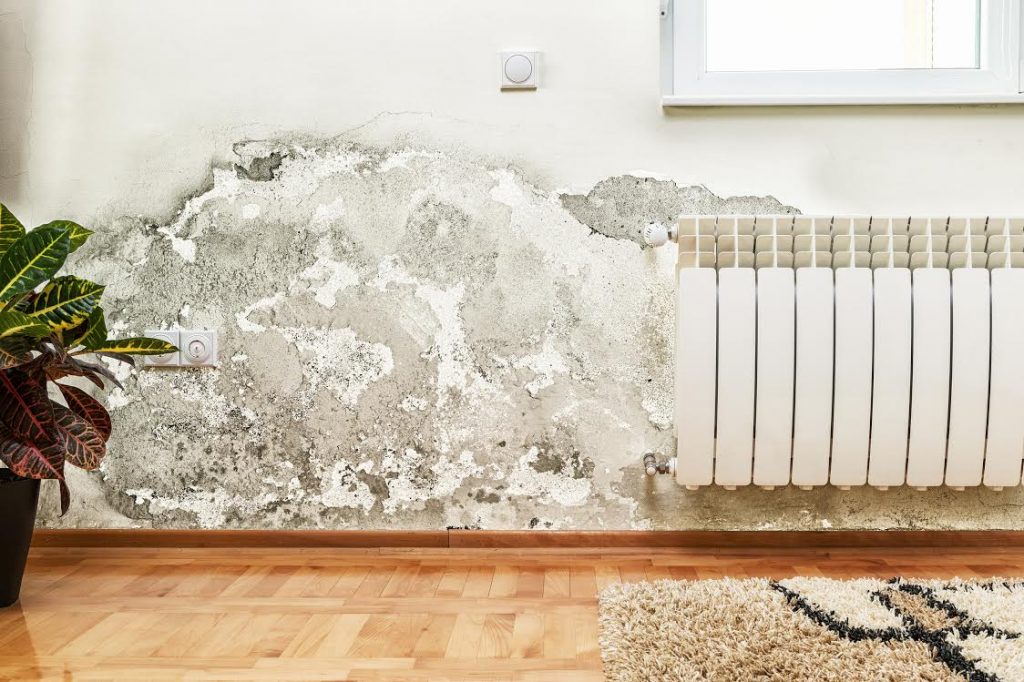Molds can grow undetected in various parts of your home–on your bathroom tiles, your walls, ceilings, insulation, basement, attic, and the like. As a matter of fact, mold can even grow on your damp clothes! Mold can develop on any surface that provides a suitable environment for fungi, but the primary element that hastens mold growth is moisture. So if you hate having to deal with a fungi problem, then you should be aware of the factors that can lead to a potential mold infestation!
What Causes Mold to Grow?
Water or Moisture
Remember that water or high levels of moisture is the key element for indoor mold to grow and spread around the house. Failure to spot water leaks coming from damaged roofs or old and faulty pipes are one of the most common causes of mold growth.

Undetected water leaks is every homeowner’s pain because usually the mold colony growing around the leakage has already spread substantially before it gets discovered so then it will be a bit harder to treat and might even take a professional mold removal expert to help you fix the problem.
Hence, if you want to get rid of mold in your home, first take a look at your roof, plumbing, HVAC and other parts of your house that can be a potential source of moisture and make sure that everything is in good working condition. Otherwise, prepare to repair or replace the damaged components.
Humidity
If you’re living near a body of water then your house is more prone to a disastrous mold infestation. This is because humidity and moisture are at an all-time high when you’re near a coast or any large body of water. Hence for this reason, mold growth could be a recurring and annoying problem for you.
While it cannot be fully avoided due to your geographic location, you can stop doing some household activities that only increases the amount of humidity and moisture inside your home. Such activities include drying your clothes indoors, not wiping off the steam in your bathroom after every shower, and not properly ventilating your kitchen. The solution to keeping normal humidity levels is to install a dehumidifier and keep it below 55%.
Oxygen
Fungi is an aerobe, which are microorganisms that require air to grow and survive. Molds can survive even in surfaces with very low concentrations of oxygen. While of course it would be difficult to limit oxygen levels, you can instead control other factors to inhibit mold from spreading throughout your home.
Food Source or Organic Matter
Mold thrives on surfaces or materials that contain carbon, such as wood, dust, soil, and paper products. Aside from these, they can also grow on synthetic products such as paint, adhesive, and textile. Mold eats aways the surface it grows on and as such, it tends to break down the material until it falls into decay.
This is also the reason why you can sometimes spot mold on your furniture, clothes, air ducts, wood supports, tile grout, drywalls, and other porous substances. For this reason, you can avoid mold growth on your personal items and on other parts of your house by adequately ventilating your rooms and cleaning them regularly.
However, sometimes no matter how cautious we are at trying to keep our homes clean and safe, mold can just reappear again and start to wreak havoc in a place that is supposed to make us feel safe, secure, and comfortable. Nonetheless, if you think mold has invaded your property, don’t think twice and immediately call for help and get your home inspected by mold inspection Fredericksburg.